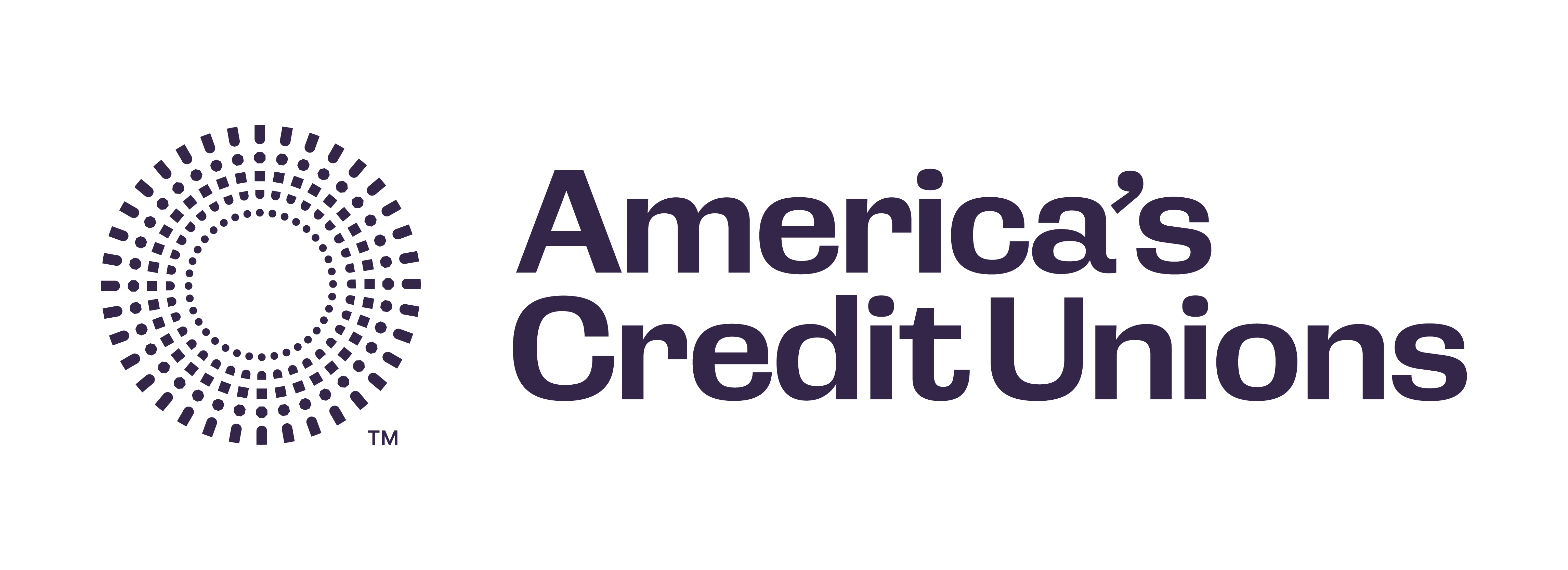Newsroom
CUs see consumer credit share fall to 9.03%
November saw the largest monthly consumer credit increase in over 10 years, but credit unions' share of the market fell from 9.08 percent to 9.03 percent.
The Federal Reserve reported Monday that consumer credit, a measurement that does not include real-estate-secured loans, expanded $20.4 billion in November on a seasonally adjusted basis. NAFCU Chief Economist Tun Wai noted that the total was nearly three times larger than what many economists had forecast. "The data provide further evidence that consumer confidence is continuing to strengthen," he said.
Most of the surge was due to non-revolving credit, which increased at an annual rate of 10.7 percent to $1.68 trillion. "While the non-revolving credit gain was the largest since February 2005, much of the increase can be attributed to the federal government and student loans segments," Wai said. "It is unlikely that the gain in those segments can be sustained going forward."
Revolving credit increased 1 percent to $799.3 billion, marking the third consecutive increase and the largest since March 2008. Wai said the data confirm that more consumers are using their credit cards for smaller purchases, but that isn't necessarily a positive sign. "It could mean that consumers don't have enough cash on hand to finance their consumption and are instead turning to credit cards."
At credit unions, total consumer lending in November increased $0.5 billion from October's level to $225.1 billion, non-seasonally adjusted. "That represented a 0.24 percent annualized overall increase," Wai said. "This compares with a 1 percent annualized increase overall for financial institutions."
Non-revolving credit union consumer lending grew $0.3 billion to $188.1 billion, while revolving credit for credit unions increased $0.3 billion to $37.1 billion. Credit unions' share of non-revolving credit decreased 3 basis points to 11.18 percent; the industry's share of revolving credit remained at 4.6 percent.
Looking ahead, Wai said consumers' balance sheets and purchasing power will be in better shape when the labor market situation improves. "While NAFCU expects to see the jobs picture getting a little better this year, any improvement will likely be slow and happen in fits and starts," he said. "In other words, it would be unwise to count on robust consumer credit numbers in 2012."
Share This
Related Resources
The Fair Credit Reporting Act and Credit Score Exception
Consumer Lending
Blog Post
Is Bankruptcy the End of the Road for Credit Unions?
Consumer Lending
Blog Post
Going in Style: Self-Directed IRAs
Consumer Lending
Blog Post
Get daily updates.
Subscribe to NAFCU today.
